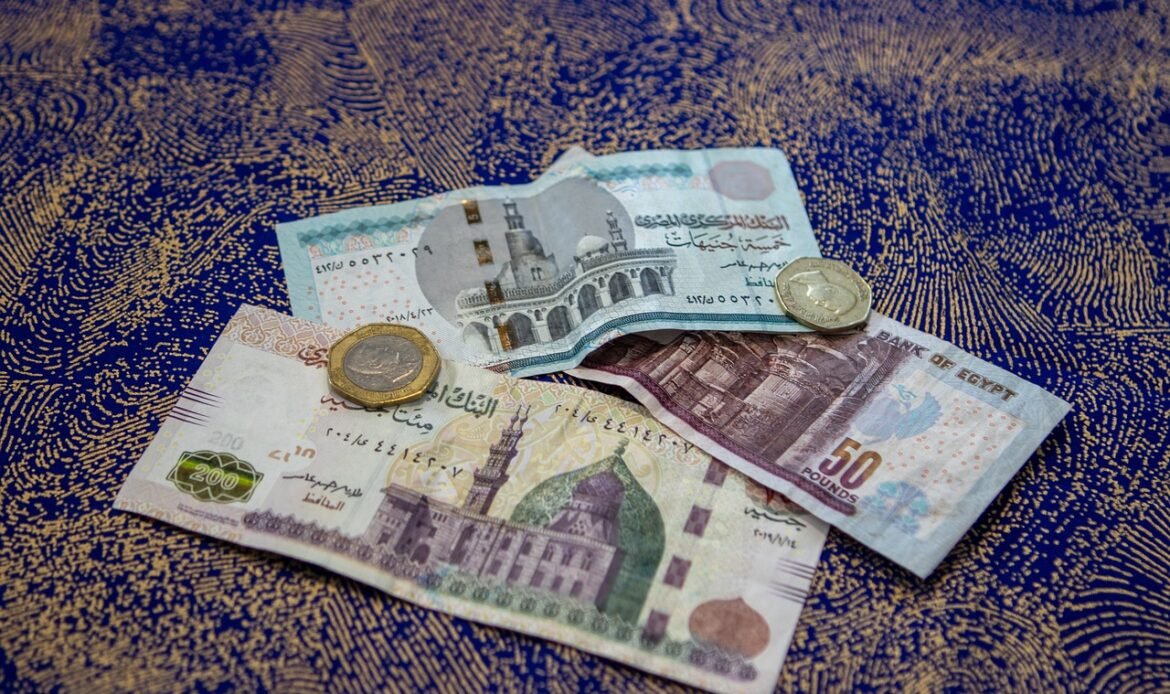The global rating agency Standard & Poor’s took a more pessimistic view of Egypt’s financial conditions than the International Monetary Fund and predicted a further depreciation of the local currency.
Bloomberg says that despite projecting enough net inflows to cover Egypt’s current account deficit during fiscal year 2026, Standard & Poor’s expects total central bank reserves to average about $32 billion during the period — half the level the International Monetary Fund expects Egypt to reach. to it during the same period, despite the increase in stocks to more than $ 34 billion in recent months.
S&P also expects the local currency to drop about 53% by the end of the current fiscal year through June 30, and a modest decline will follow in subsequent years, analysts led by Trevor Cullinan said in an earlier statement.
The rating company lowered Egypt to B, on par with Nicaragua, Montenegro and Uganda.
From Standard & Poor’s point of view, “Egyptian funding sources may not cover the high external funding requirements” in the current and next fiscal year, which they estimate at about $37 billion.
And she warned that the “lack of progress” in implementing the reforms announced last December increases the risks as backers may delay or not provide Egypt with the agreed funds, with consequent implications for imports, inflation, interest rates and the government debt stock. and interest payments.
About 70% of government debt in Egypt is domestic and in the local currency, according to Standard & Poor’s.
It is estimated that the government directs more than a fifth of all revenues to interest payments, the third highest of the 137 sovereign debts it ranks globally.
Standard & Poor’s is the third major credit rating to take negative action on Egypt in recent months, as the economic fallout from Russia’s invasion of Ukraine contributed to the country’s worst foreign exchange crisis and highest inflation in years.
In February, Moody’s Investors Service downgraded Egypt’s debt rating deeper into junk territory, following Fitch Ratings’ decision last November to downgrade it to negative from stable.
While Fitch Ratings has rated Egypt one step above Standard & Poor’s, Moody’s actually has a score lower at B3.
The government committed to allowing a more flexible exchange rate, which enabled it to strike a $3 billion deal with the International Monetary Fund. However, the currency’s decline continued following long periods of stability.
Standard & Poor’s said the IMF has a “more optimistic view” of Egypt’s total reserves “with an improvement in the balance of payments and disbursement of program financing”.
But for now, the International Monetary Fund wants Egypt to enact more of the wide-ranging measures it pledged before conducting the first review of its aid programme, pending seeing privatization deals of state assets and real currency flexibility.
Although the pound hasn’t changed much in the spot market, anxiety has grown among investors about what will be the fourth devaluation of the Egyptian currency since March 2022. The currency has weakened by about 50% over the past year, but is still much stronger than market prices. black, indicating the presence of risks.
One of the main reasons the currency has been under pressure lately, S&P said, is that companies are “hoarding their earnings in foreign currencies, given the uncertainty about the value of the Egyptian pound.”
Industries earning hard currencies are hanging on to the dollar, so the banking market is seeing “relatively limited availability” of foreign currency, S&P said.
“There is currently limited daily movement in the official exchange rate, and we understand this is due to limited demand as market participants seem reluctant to buy foreign currencies while rumors of further devaluations circulate,” S&P said.
This article was originally published by RT.



